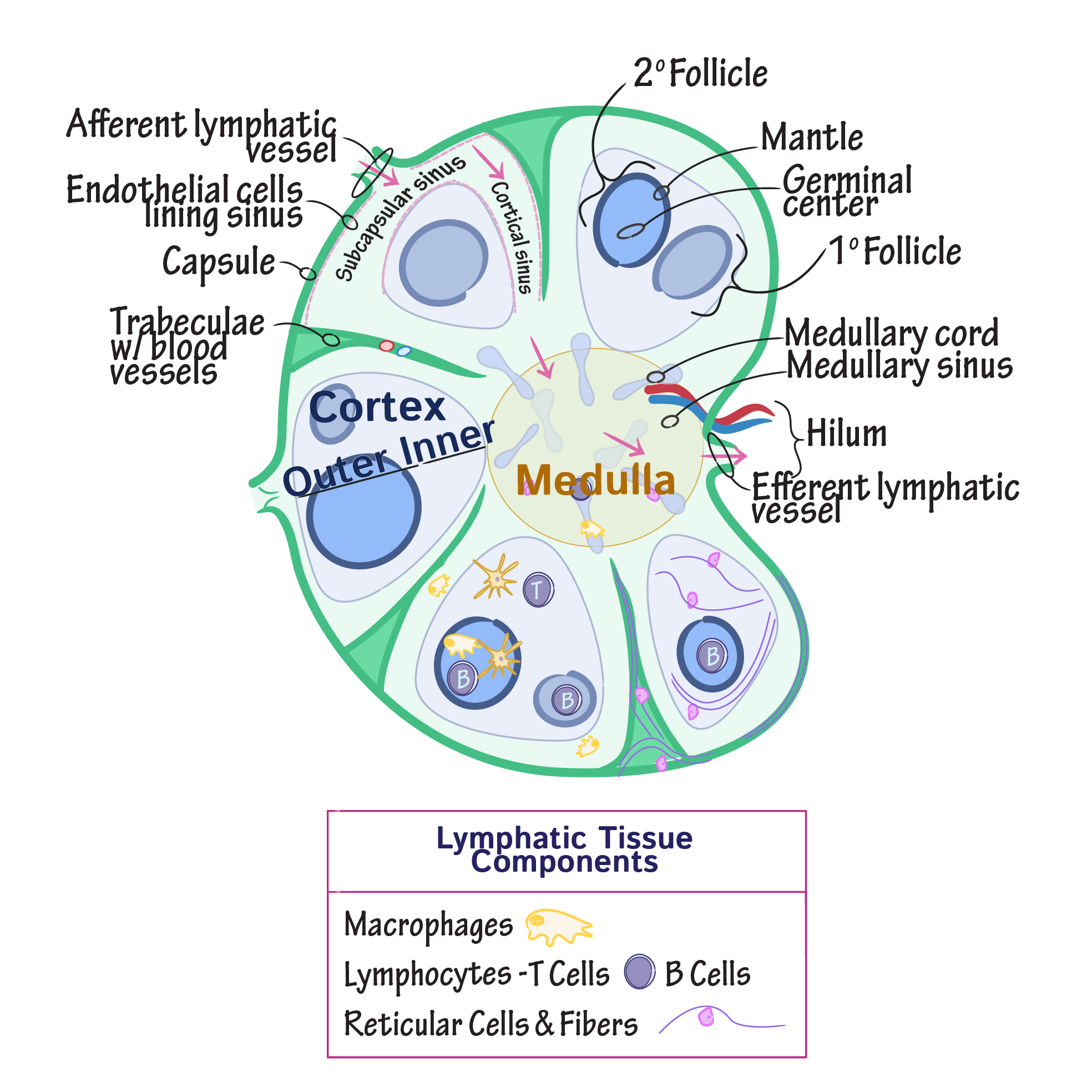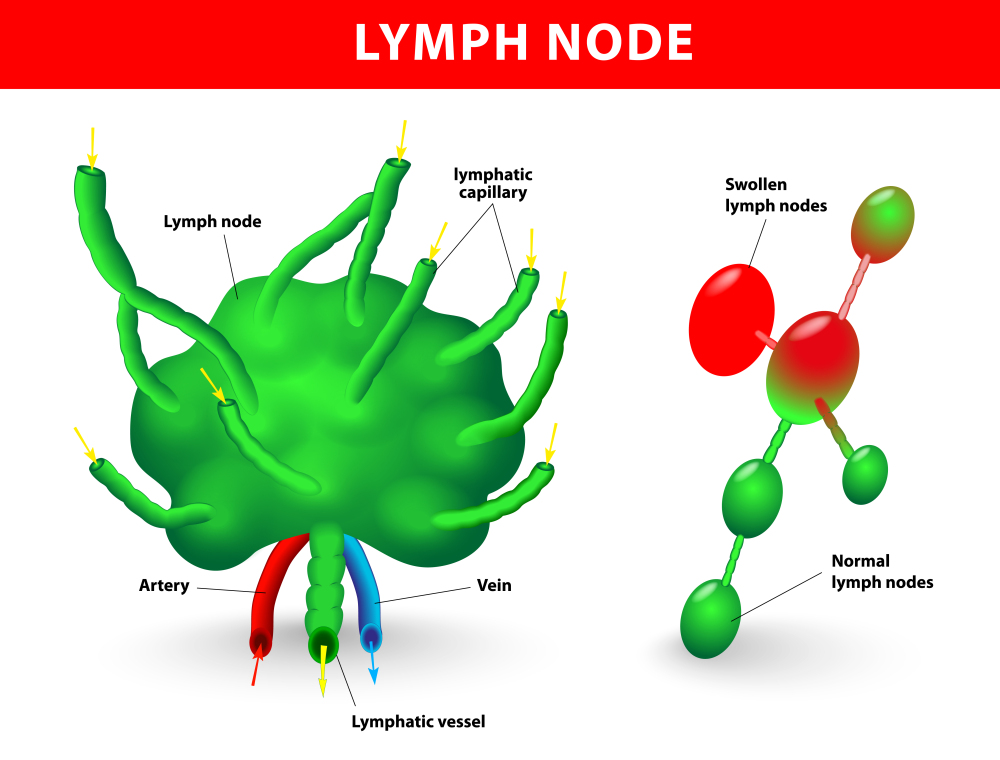
Infections of the following can cause the submandibular nodes to swell: It is responsible for lymphatic drainage of the tongue, submaxillary (salivary) gland, lips, mouth, and conjunctiva (the mucous membrane that covers the eyeball and under the surface of the eyelid). The submandibular lymph nodes are located along the underside of the jaw on either side.
#Where are the lymph nodes professional
Only a medical professional can diagnose the cause of the swelling. When these lymph nodes become overwhelmed with debris from an illness or infection, it can cause them to become swollen and sensitive.

Lymphatic fluid drains from different regions of the head and neck.

Enlargement can often mean the presence of an infection or disease. Sometimes medicines like phenytoin (taken for seizures), or drugs that prevent malaria can cause swollen lymph nodes, too.There are many cervical (neck) lymph nodes, like the Submandibular one, which is in the neck that can cause swelling or enlargement in the neck. Much less often, it can be a sign of something more serious, like cancer. Rarely a vaccine can cause swollen lymph nodes on the side of the vaccination. Any infection can trigger it, including a cold or the flu, an ear infection, STDs (usually inguinal), shingles, tuberculosis, or an abscessed tooth. Many things can make your lymph nodes swell. They’re checking to see if those glands are bigger than usual or tender. That’s why your doctor feels the area under your jawbone. You may notice this most often in the glands in your neck. (This usually happens only in one area at a time.) It’s a sign that more lymphocytes are in action than usual, trying to kill off germs. When there’s a problem in your body, like an illness or an infection, your lymph nodes can swell. Lymph fluid also carries protein, waste, cellular debris (what’s left after a cell dies), bacteria, viruses, and excess fat that are filtered by the lymphatic system before it’s dumped back into the bloodstream. Memory T cells are T-cells that remain dormant after an infection and become active again when they are faced with the same infection. They let your body know when to make more of certain kinds and less of others. Some destroy germs, while others keep track of immune cells. B-cells make antibodies that attach to germs and let your immune system know they need to be killed off.There are two kinds of lymphocytes - B-lymphocytes (or B-cells) and T-lymphocytes (or T-cells).

They carry lymph fluid - a clear, watery liquid that passes through the nodes.Īs the fluid flows through, cells called lymphocytes help protect you from harmful germs. Your lymph nodes are connected to one another by lymph vessels (tubes that run through your body like veins). Along with your spleen, tonsils, and adenoids, they help you fight off illness and infections. Your lymph nodes are part of your lymphatic system. You might be able to feel some of the clusters in those areas as little bumps, but typically, you don't feel them or even know they are three. Most are spread out, but some are found in groups in a few major places, like your neck, under your arm, and in your chest, belly, and groin. You have hundreds of the small, round, or bean-shaped glands all over your body. Lymph nodes are your immune system’s first line of defense, protecting you from things like bacteria or viruses that could make you sick.


 0 kommentar(er)
0 kommentar(er)
